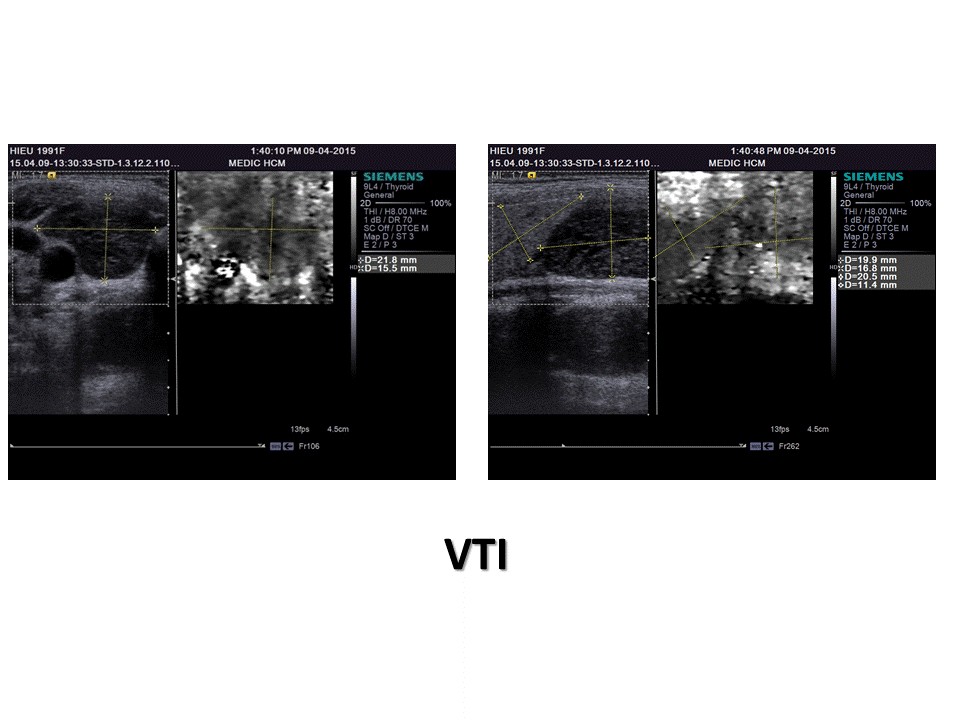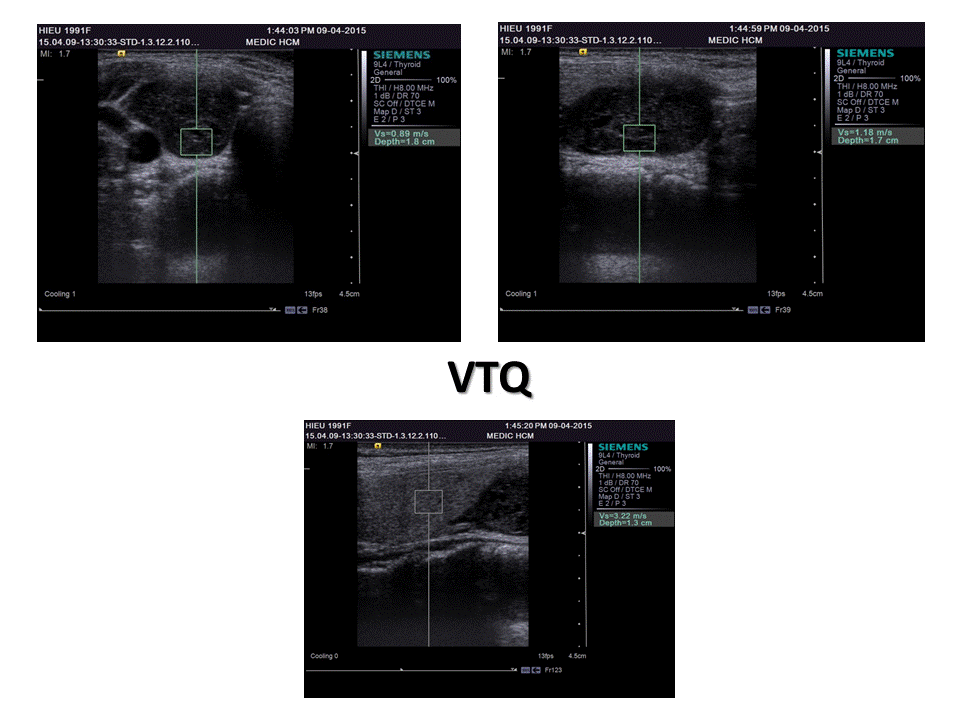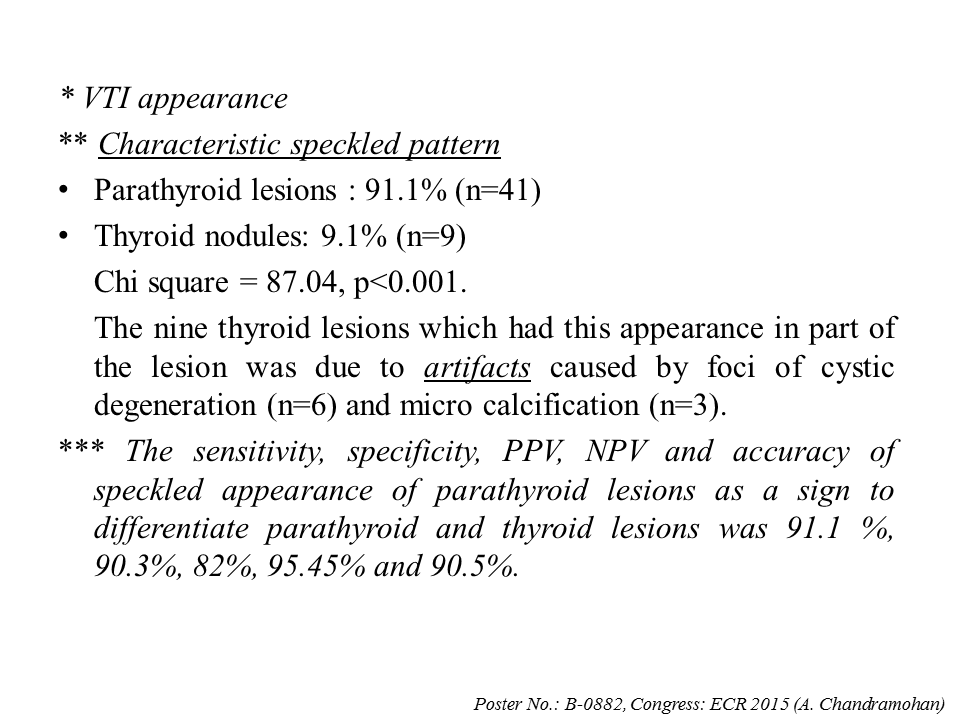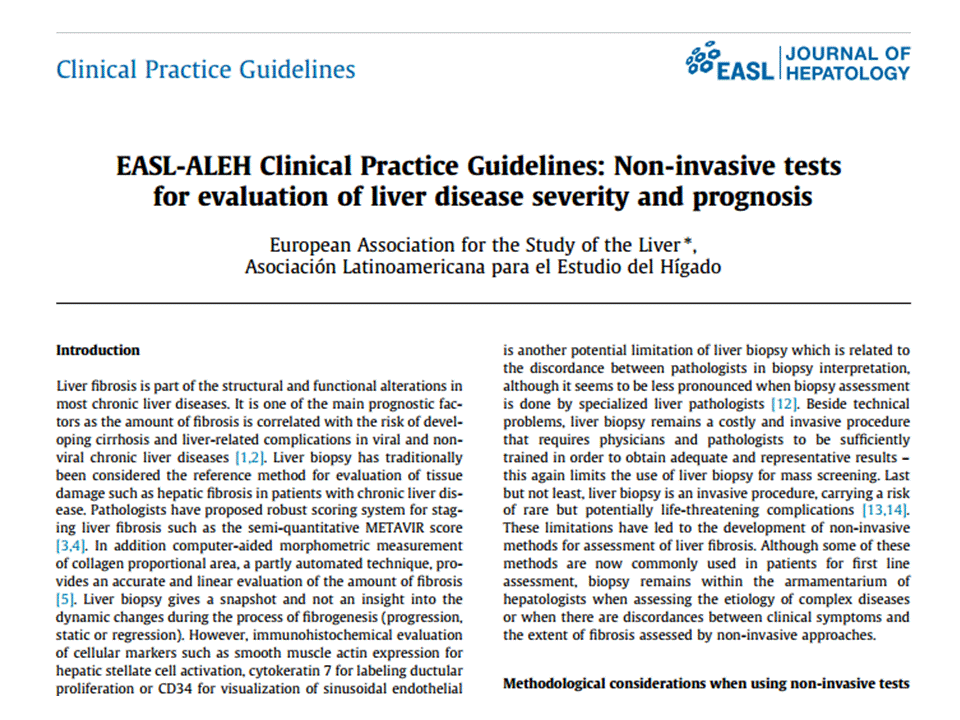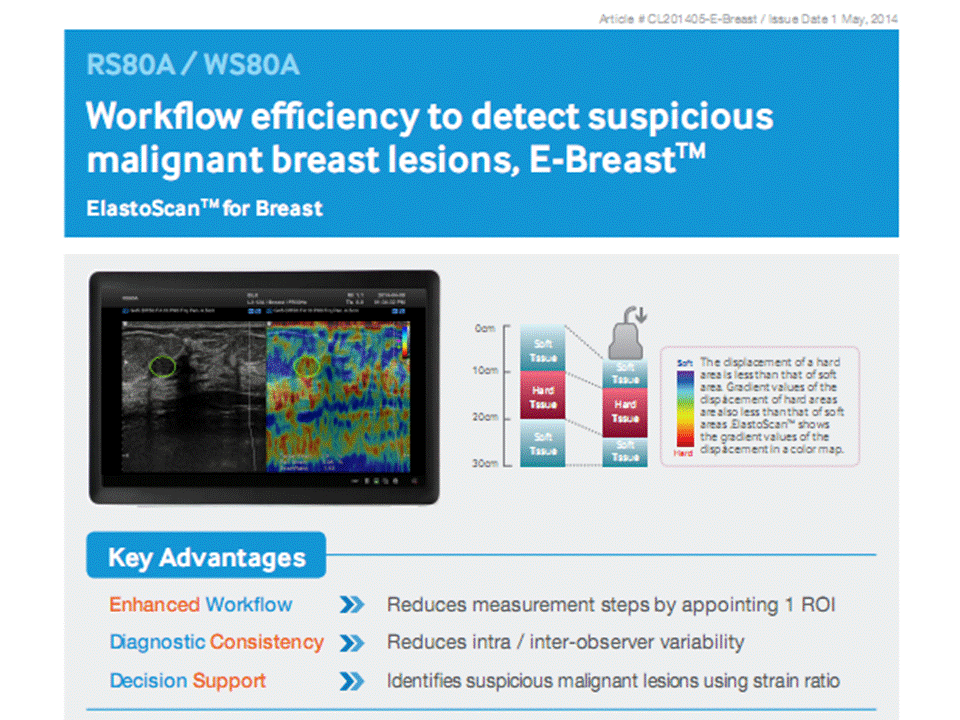Tổng số lượt xem trang
Thứ Tư, 24 tháng 6, 2015
Thứ Ba, 23 tháng 6, 2015
SIÊU ÂM ĐÀN HỒI ARFI SIEMENS tại TRUNG TÂM Y KHOA MEDIC HÒA HẢO
Nhận thư mời tham dự CME về Siêu âm đàn hồi ARFI ngày 04-7 tąi Trung tâm MEDIC Hòa Hảo, số 254, Hòa Hảo, Q 10:
Phòng Siêu âm Lầu 1 Khu A.
Hạn trước 1-7-2015
Xác nhận tham dự với
Ms Ngô thị Tâm (Siemens) : Mob: 01669262002
Đã tổ chức thành công với 162 bác sĩ siêu âm từ Huế, Nha trang đến Cà mau và các tỉnh phía nam và thành phố HCM tham dự.
Bs Nguyễn Thiện Hùng, Phòng Siêu âm Medic: Mob: 0918188372
email : medichh@yahoo.com
Phòng Siêu âm Lầu 1 Khu A.
Hạn trước 1-7-2015
Xác nhận tham dự với
Ms Ngô thị Tâm (Siemens) : Mob: 01669262002
Đã tổ chức thành công với 162 bác sĩ siêu âm từ Huế, Nha trang đến Cà mau và các tỉnh phía nam và thành phố HCM tham dự.
Bs Nguyễn Thiện Hùng, Phòng Siêu âm Medic: Mob: 0918188372
email : medichh@yahoo.com
Thứ Bảy, 20 tháng 6, 2015
Dedicated Training Program for Shoulder Sonography
Sonography is a commonly used diagnostic imaging modality for evaluation of rotator cuff tears, in part
because this modality has lower cost and accuracy comparable to that of magnetic
resonance imaging (MRI).1–7 In the United States, the use of musculoskeletal
sonography increased by 316% between 2000 and 2009; this increase was driven
primarily by nonradiologists8 and continued the utilization growth trend of the
previous decade.9
However, in the United States, unlike in Europe and Asia, sonography is not
considered a first-line imaging modality for shoulder pain.7,10 In addition,
the usefulness of shoulder sonography is widely considered to be operator
dependent, with the radiologist’s experience being the primary factor in this
imaging modality’s effectiveness.11–13
Several studies have found little agreement in sonographic results between less- and more-experienced operators, even when the operators were evaluating full-thickness tears.13,14 Other studies have found good to excellent reliability of sonography for the diagnosis of full-thickness rotator cuff tears but less satisfactory detection sensitivity for partialthickness tears.1,4,11,14 In a meta-analysis of 65 studies, de Jesus et al2 found no differences between MRI and sonography in sensitivity or specificity for detection of full or partial rotator cuff tears.
Given these variable results, many non-European radiologists may believe that musculoskeletal sonography is a difficult technique to learn and implement and may thusexclude it from clinical practice in patients with shoulder pain. However, with the current economic climate, we wished to challenge both this hypothesis and the current dependency on MRI for the diagnosis of shoulder disorders. In this study, we assessed the effect of implementing an open-ended, comprehensive training program on the diagnostic accuracy of shoulder sonographic interpretation in a clinical practice.
Several studies have found little agreement in sonographic results between less- and more-experienced operators, even when the operators were evaluating full-thickness tears.13,14 Other studies have found good to excellent reliability of sonography for the diagnosis of full-thickness rotator cuff tears but less satisfactory detection sensitivity for partialthickness tears.1,4,11,14 In a meta-analysis of 65 studies, de Jesus et al2 found no differences between MRI and sonography in sensitivity or specificity for detection of full or partial rotator cuff tears.
Given these variable results, many non-European radiologists may believe that musculoskeletal sonography is a difficult technique to learn and implement and may thusexclude it from clinical practice in patients with shoulder pain. However, with the current economic climate, we wished to challenge both this hypothesis and the current dependency on MRI for the diagnosis of shoulder disorders. In this study, we assessed the effect of implementing an open-ended, comprehensive training program on the diagnostic accuracy of shoulder sonographic interpretation in a clinical practice.
Discussion
Shoulder sonography is becoming increasingly popular for the diagnosis of rotator cuff tears due in part to its lower cost, accessibility, and results that are similar to those obtained with MRI.1–4 However, sonography is not the first-line imaging test for shoulder pain in the United States, likely because operator experience is thought to contribute to variable diagnostic accuracy and reproducibility.2,11–14,16,17 This lack of preference for shoulder sonography is the case despite the American College of Radiology appropriateness criteria rating of sonography as 8 or 9 (usually appropriate) for patients older than 35 years with shoulder pain and suspected rotator cuff tears/impingement.16 In addition, the American College of Radiology appropriateness criteria rate sonography as 5 (maybe appropriate) should MRI (9, usually appropriate) be contraindicated for patients with ersistent pain.
In contrast, the American College of Radiology appropriateness score for sonography increases to 8 of 9 (usually appropriate) for evaluation of the postoperative cuff or in patients older than 35 years with suspected impingement.
In one study, the interobserver concordance for the diagnosis of full- and partial-thickness rotator cuff tears on independent examinations was found to be high (92%) between 2 operators with more than 5 years of shoulder sonography experience.16 Another study found that agreement between an experienced musculoskeletal radiologist and a general radiologist with no experience in shoulder sonography was 98% for full-thickness rotator cuff tears and 90% for partial-thickness tears.11 These studies demonstrated good inter-rater measurement reproducibility; however, in the second study, the sensitivity, specificity, and accuracy for the detection of full-thickness rotator cuff tears relative to surgery as a reference standard were 3% to 4% lower for the general radiologist than for the experienced musculoskeletal radiologist.11 Another study evaluated the learning curves for 2 orthopedic surgeons using office-based sonographic examinations to detect full-thickness supraspinatus tears previously diagnosed with MRI.12 In this study, at least 100 shoulder sonographic examinations were required to enable each surgeon to detect full-thickness tears, with diagnostic accuracy of 67 of 72 (93%) and 92 of 95 (97%), respectively, in the second round of 100 examinations. The variability in reported operator accuracy for rotator cuff disorders other than for full-thickness tears2,11–14,16,17 may have led to a lack of confidence in sonographically based diagnoses. Nevertheless, agreement and accuracy for the diagnosis of full-thickness tears are high.1,2,11,13,14
....
Shoulder sonography is becoming increasingly popular for the diagnosis of rotator cuff tears due in part to its lower cost, accessibility, and results that are similar to those obtained with MRI.1–4 However, sonography is not the first-line imaging test for shoulder pain in the United States, likely because operator experience is thought to contribute to variable diagnostic accuracy and reproducibility.2,11–14,16,17 This lack of preference for shoulder sonography is the case despite the American College of Radiology appropriateness criteria rating of sonography as 8 or 9 (usually appropriate) for patients older than 35 years with shoulder pain and suspected rotator cuff tears/impingement.16 In addition, the American College of Radiology appropriateness criteria rate sonography as 5 (maybe appropriate) should MRI (9, usually appropriate) be contraindicated for patients with ersistent pain.
In contrast, the American College of Radiology appropriateness score for sonography increases to 8 of 9 (usually appropriate) for evaluation of the postoperative cuff or in patients older than 35 years with suspected impingement.
In one study, the interobserver concordance for the diagnosis of full- and partial-thickness rotator cuff tears on independent examinations was found to be high (92%) between 2 operators with more than 5 years of shoulder sonography experience.16 Another study found that agreement between an experienced musculoskeletal radiologist and a general radiologist with no experience in shoulder sonography was 98% for full-thickness rotator cuff tears and 90% for partial-thickness tears.11 These studies demonstrated good inter-rater measurement reproducibility; however, in the second study, the sensitivity, specificity, and accuracy for the detection of full-thickness rotator cuff tears relative to surgery as a reference standard were 3% to 4% lower for the general radiologist than for the experienced musculoskeletal radiologist.11 Another study evaluated the learning curves for 2 orthopedic surgeons using office-based sonographic examinations to detect full-thickness supraspinatus tears previously diagnosed with MRI.12 In this study, at least 100 shoulder sonographic examinations were required to enable each surgeon to detect full-thickness tears, with diagnostic accuracy of 67 of 72 (93%) and 92 of 95 (97%), respectively, in the second round of 100 examinations. The variability in reported operator accuracy for rotator cuff disorders other than for full-thickness tears2,11–14,16,17 may have led to a lack of confidence in sonographically based diagnoses. Nevertheless, agreement and accuracy for the diagnosis of full-thickness tears are high.1,2,11,13,14
....
Because the study was retrospective,
varying standards of patient care may have been used, as well as
nonstandardized radiology and surgical
report language. Standardization of this report nomenclature with prospectively
defined terminology would decrease reporting variability and aid in the comparison
of results. In addition, the range of musculoskeletal sonography experience may
have increased the variability of the study results. We did not separate out the
examinations interpreted by the most experienced sonographer because we believe
that the benefits of acquisition and interpretation standardization as well as
feedback based on surgical correlation also improved the accuracy of this radiologist’s
sonographic work. Finally, because of the retrospective nature of this study,
the patient population was inhomogeneous with regard to referral patterns,
symptoms, and the distribution of tendon tears across groups.
The results of this retrospective study demonstrate that introducing musculoskeletal sonography into a new clinical practice is not only feasible but can be accomplished with high diagnostic accuracy. The use of musculoskeletal sonography may enable a decrease in health care costs by substitution of a diagnostic musculoskeletal sonographic examination for a shoulder MRI examination.7 The use of sonography as a first-line diagnostic imaging modality for shoulder pain is warranted, as evidenced by the European guidelines.10
Furthermore, based on the findings of this study, we believe that the implementation of a systematic quality improvement program, including acquisition protocol standardization and a comprehensive, ongoing educational program for all team members, can improve the diagnostic performance of all aspects of musculoskeletal sonography, not only sonography limited to rotator cuff injuries.
Although operator experience cannot be ruled out as a factor in sonographic interpretation, this study demonstrates that education provided to a group of operators with a wide variety of experience increases the diagnostic sensitivity and accuracy of sonography for detecting full-thickness supraspinatus and infraspinatus tendon tears.
In conclusion, implementation of formal, ongoing training that embraces all team members, standardizes acquisition and interpretation protocols, and provides a forum for continuous quality improvement raises the diagnostic accuracy and sensitivity of shoulder sonography for rotator cuff injuries. Our work supports the potential of musculoskeletal sonography as a first-line imaging modality for shoulder pain when rotator cuff disorders are suspected.7,10 By implementing an open-ended training program for the entire care team, musculoskeletal sonography can be easily and successfully introduced into a new clinical practice with high diagnostic accuracy.
The results of this retrospective study demonstrate that introducing musculoskeletal sonography into a new clinical practice is not only feasible but can be accomplished with high diagnostic accuracy. The use of musculoskeletal sonography may enable a decrease in health care costs by substitution of a diagnostic musculoskeletal sonographic examination for a shoulder MRI examination.7 The use of sonography as a first-line diagnostic imaging modality for shoulder pain is warranted, as evidenced by the European guidelines.10
Furthermore, based on the findings of this study, we believe that the implementation of a systematic quality improvement program, including acquisition protocol standardization and a comprehensive, ongoing educational program for all team members, can improve the diagnostic performance of all aspects of musculoskeletal sonography, not only sonography limited to rotator cuff injuries.
Although operator experience cannot be ruled out as a factor in sonographic interpretation, this study demonstrates that education provided to a group of operators with a wide variety of experience increases the diagnostic sensitivity and accuracy of sonography for detecting full-thickness supraspinatus and infraspinatus tendon tears.
In conclusion, implementation of formal, ongoing training that embraces all team members, standardizes acquisition and interpretation protocols, and provides a forum for continuous quality improvement raises the diagnostic accuracy and sensitivity of shoulder sonography for rotator cuff injuries. Our work supports the potential of musculoskeletal sonography as a first-line imaging modality for shoulder pain when rotator cuff disorders are suspected.7,10 By implementing an open-ended training program for the entire care team, musculoskeletal sonography can be easily and successfully introduced into a new clinical practice with high diagnostic accuracy.
Dedicated Training Program for Shoulder
Sonography, Patricia B. Delzell, MD, Alex Boyle, Erika
Schneider, PhD, J Ultrasound Med 2015; 34:1037–1042
Thứ Sáu, 19 tháng 6, 2015
Thứ Năm, 11 tháng 6, 2015
Thứ Tư, 10 tháng 6, 2015
SIÊU ÂM 5D LÀ GÌ ? Dr Jasmine Thanh Xuân. Medic Medical Center
Cty Samsung Korea vừa đưa ra khái niệm siêu âm 5 chiều (SA 5D) trên máy W80A chuyên SA sản phụ khoa. Trước đây, SA 3D, 4D chỉ dừng lại ở khảo sát hình thái ngoài của thai nhi mà không thấy được các cấu trúc bên trong khối này. SA 5D, thêm một chiều nữa là chiều chẩn đoán ( Diagnostic Dimension). Cấu trúc hình khối sẽ được tự động phân tích thành loạt hình thường quy trong SA chẩn đoán thai, tự động đo đạc chỉ bằng một nút bấm trên bàn phím. Các ứng dụng hiện có : 5D tim thai ( 5D fetal heart), 5D hệ TKTW ( 5D CNS), 5D hệ xương dài (5D LB), 5D đo da gáy ( 5D NT) và 5D trong khảo sát nang noãn ( 5D Follicle).
- 5D fetal heart: trình bày cùng lúc 9 mặt cắt cơ bản trong khảo sát tim, trong cùng một chu chuyển tim, cho phép quan sát về hình thể ( morphology) và cử động các lá van ( movement) rất sinh động, tự động đánh dấu các buồng tim, các mạch máu lớn. Đòi hỏi BS siêu âm thai phải biết rõ về bệnh học tim bẩm sinh thai nhi.
- 5D CNS: trình bày cùng lúc 3 mặt cắt cơ bản qua não thai nhi ( mặt cắt qua đồi thị, qua não thất bên và tiểu não- hố sau), hiển thị ngay lập tức 6 thông số thường quy: BPD, OFD, HC, NÃO THẤT BÊN, TIỂU NÃO , HỐ SAU chỉ với một nút bấm trên bàn phím.
- Các ứng dụng đo đạc ít giá trị hơn là đo hệ xương dài ( 5D LB), đo da gáy tự động ( 5D NT).
- Ngoài ứng dụng khảo sát thai, còn một ứng dụng trong khảo sát nang noãn buồng trứng
( 5D Follicle). Phần mềm tự động phát hiện, đo đạc thể tích và kích thước từng nang noãn
( dài x rộng x cao), có thể đo cùng lúc 20 nang noãn và trình bày chi tiết trong report của máy chỉ với một nút bấm trên bàn phím, giúp tiết kiệm thời gian, hữu ích trong IVF.
Thứ Hai, 8 tháng 6, 2015
ONE or more ELASTOGRAPHIC METHODS for LIVER FIBROSIS ASSESSMENT
NOTA:
Ultrasound based-elastographic techniques
are classified in: strain techniques and shear wave elastography techniques.
Three types of elastographic techniques are included in the last category:
Transient Elastography (TE), point Shear Wave Elastography (pSWE) and shear wave elastography
(SWE) imaging (including 2D-SWE and 3D-SWE).
In
the pSWE category two techniques are included: Acoustic Radiation Force Impulse
(ARFI) elastography and ElastPQ which look very similar, but there are some
differences regarding their physical principles.
Regarding ARFI elastography
technique, the ultrasound probe produces an acoustic “push” pulse that
generates shear-waves which propagate into the tissue. Their speed, measured in
meters/second (m/s), is displayed on the screen and reflects the underlying
tissue stiffness (influenced mainly by liver fibrosis), the propagation speed increasing
with tissue stiffness. Using image-based localization and a proprietary
implementation of ARFI technology, shear wave speed may be quantified, in a
precise anatomical region, focused on a region of interest, with a predefined
size, provided by the system.
Very few information are available regarding the physical principles of ElastPQ
technique. According to the data provided by the manufacturer in the application for approval submitted
to the US Food and Drug Administration (FDA), ElastPQ system is relatively
similar with Aixplorer system® (SuperSonic Imagine S.A., Aix-enProvence,
France), which is a 2D-SWE. ElastPQ system generates an electronic voltage
pulse, which is transmitted to the transducer. In the transducer, a piezo
electric array converts the electronic pulse into an ultrasonic pressure wave.
When coupled to the body, the pressure wave transmits through body tissues. The
Doppler functions of the system process the Doppler shift frequencies from the echoes
of moving targets, such as blood, to detect and graphically display the Doppler
shift of these tissues as flow. The Doppler mode creates waves in soft tissues
and estimates the tissue stiffness by determining the speed at which these
shear waves travel.
The usefulness of ARFI elastography for non-invasive assessment of liver fibrosis was demonstrated in the last 2-3 years in international multicenter studies [5] and meta-analyses [6-8], but ElastPQ is a newly developed technique and few data are available.
The usefulness of ARFI elastography for non-invasive assessment of liver fibrosis was demonstrated in the last 2-3 years in international multicenter studies [5] and meta-analyses [6-8], but ElastPQ is a newly developed technique and few data are available.
2D –Shear Wave Elastography (2D-SWE):
The evaluation of liver stiffness [LS ] by 2D–SWE was
performed with an Aixplorer® ultrasound system (SuperSonic Imagine S.A.,
Aix-en-Provence, France), using a SC6-1 convex probe. By this technique a
quantitative elasticity map of the medium was obtained. This map is required to
image the propagation of the shear-wave and to measure its velocity. Because
the shear waves generated into the tissue by the acoustic pulse propagate at a
few meters per second, a frame rate of several kilohertz is needed to image
them. This is not possible using conventional ultrasound scanners (they usually
reach a frame rate of approximately 50 Hz). For this reason, an ultrafast,
ultrasonic scanner is required, able to remotely generate the mechanical shear
wave, by focusing ultrasound at a given location, and image the medium during
the wave propagation at a very high-frame rate (up to 6000 images/s). 2D-SWE
technique allows the acquisition of echographic images at a pulse repetition
that can reach 6000 Hz. The results of LS measurement may be displayed in units
of shear wave velocity (meters/second) or converted into units of Young’s modulus
(kPa), similar with TE.
Thứ Sáu, 29 tháng 5, 2015
Thứ Tư, 27 tháng 5, 2015
USING HEPATORENAL INDEX for HEPATIC STEATOSIS
Hepatic steatosis and nonalcoholic fatty liver disease are the most
prevalent forms of liver disease worldwide, ranging as high as 10% to 24% in
certain countries.1 Steatosis is observed
in a staggering 75% of obese people, 35% of whom will progress to nonalcoholic
fatty liver disease2 despite no evidence
of excessive alcohol consumption. Steatosis, the single most common cause of abnormal
liver function test results in the United States,1 is associated with
myriad causes, including chronic hepatitis, alcohol, drugs, toxins, obesity, and diabetes.3 Steatosis is
histopathologically defined as the intracytoplasmic accumulation of triglycerides
in a liver cell.4 Excess lipid
accumulates in vesicles (vacuoles). When vesicles are large enough to distort
the nucleus, the condition is known as macrovesicular steatosis; otherwise, the
condition is known as microvesicular steatosis. Macrovesicular steatosis is the
most common form, and the diagnosis is made whenthe percentage of hepatocytes
containing lipid droplets exceeds 5% on a continuous scale from 0 to 100.5 Indeed, cirrhosis remains the most important risk factor in the development of hepatocellular carcinoma, although hepatocellular
carcinoma can arise without cirrhosis, raising the possibility of a direct
carcinogenic link secondary to nonalcoholic fatty liver disease and steatosis.6
In addition, not only are steatotic livers associated with a greater risk of allograft dysfunction in liver transplantation, but in the foreseeable future, steatosis and its cousin nonalcoholic steatohepatitis will surpass the current primary indications for liver transplantation (eg, chronic hepatitis C infection and alcohol-related cirrhosis).7 In addition, fatty liver has been shown to negatively affect graft survival,
which is of serious concern, since steatosis affects about 25% of donors for liver transplantation and 20% of patients undergoing liver resection.
In addition, not only are steatotic livers associated with a greater risk of allograft dysfunction in liver transplantation, but in the foreseeable future, steatosis and its cousin nonalcoholic steatohepatitis will surpass the current primary indications for liver transplantation (eg, chronic hepatitis C infection and alcohol-related cirrhosis).7 In addition, fatty liver has been shown to negatively affect graft survival,
which is of serious concern, since steatosis affects about 25% of donors for liver transplantation and 20% of patients undergoing liver resection.
Sonography has been used to quantify steatosis. Webb et al9 and, more recently, Marshall et al10 used sonography, specifically
the hepatorenal index, as a quantitative tool to produce a reliable and
effective method for evaluating and screening patients with steatosis.
Initially, Webb et al9 found a correlation
between the hepatorenal index and biopsy results sufficient to quantify hepatic
steatosis exceeding 5%, but the method used a single scanner and proprietary
software, so this approach is not available to all radiologists. Marshall et al10 built on that study
by using selection criteria not based on imaging, making the results more
applicable to the general population. More important, they placed regions of
interest (ROIs) at the same sonographic depth and within the focal zone for
determining the hepatorenal index, eliminating changes in image characteristics
caused by gain adjustments to decrease external influences and produce a more
reliable hepatorenal index.10
However,
the technique used by Marshall et al relied on freeware from the National
Institutes of Health (Bethesda, MA) called ImageJ. This software required
converting images on a picture archiving and communication system (PACS) into
JPEG images, as well as downloading outside software, making the process of
hepatorenal index calculation cumbersome and time-consuming. Such an approach is
not easily adopted by radiologists.
Chủ Nhật, 24 tháng 5, 2015
Chủ Nhật, 19 tháng 4, 2015
ElastoScan ứng dụng cho sản phụ khoa
ElastoScan
TM ứng dụng cho sản phụ khoa – Khả năng phát hiện thay đổi độ đặc của cổ tử
cung trong suốt thời kì mang thai.
Trong một số trường hợp, có thể đánh giá tình trạng cổ tử cung bằng xúc chẩn. Cervix ElastoScan TM có thể đánh giá chính xác hơn tình trạng cổ tử cung.
Trong một số trường hợp, có thể đánh giá tình trạng cổ tử cung bằng xúc chẩn. Cervix ElastoScan TM có thể đánh giá chính xác hơn tình trạng cổ tử cung.
S-Detect In Breast Ultrasound on SAMSUNG RS80A
E-Breast™
A complementary diagnostic ultrasound technique for imaging elasticity, Elastography, noninvasively assesses the relative tissue stiffness of lesions compared to the stiffness of surrounding tissues to detect suspicious malignant lesions. Stiffer areas hardly deform than do their surroundings and provide dark contrast, whereas softer areas provide light contrast. This technique is normally used as an additional diagnostic tool to differentiate benign from malignant solid breast masses providing information on the mechanical properties, since malignant lesions are generally harder than benign lesions. Breast Elastography can substantially improve ultrasound capability in differentiating benign from malignant breast lesions with increased sensitivity and specifcity of breast ultrasound, thus reducing the number of biopsies. However, the limitation of the Elastography is the inter- /intra-observer variability and lack of standardized compression. To overcome these problems, Samsung Medison developed the semi-quantifcation ElastoScanTM technique, E-BreastTM(ElastoScanTM for Breast), using strain ratio which compares the strain of a region of interest and that of a reference region. E-BreastTM improves classifcation and characterization of benign and malignant breast masses.
Đăng ký:
Bài đăng
(
Atom
)















